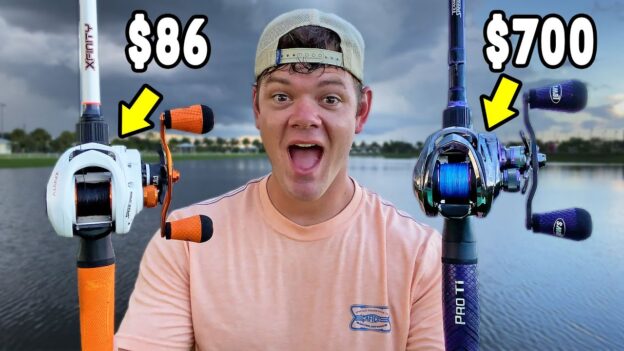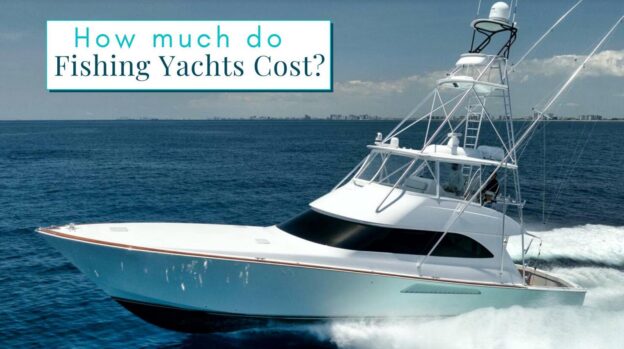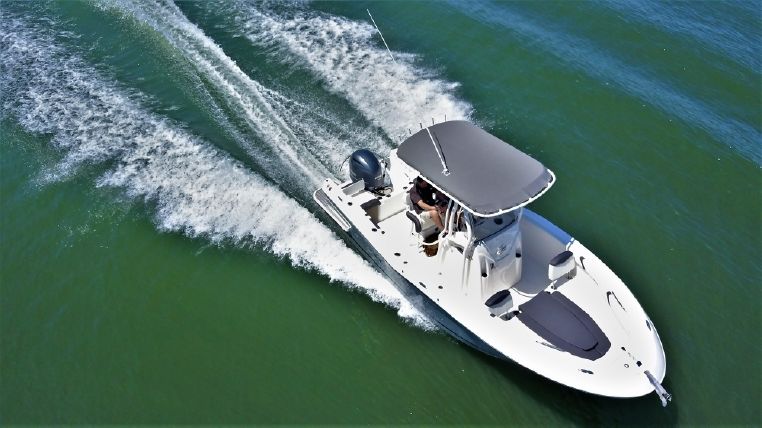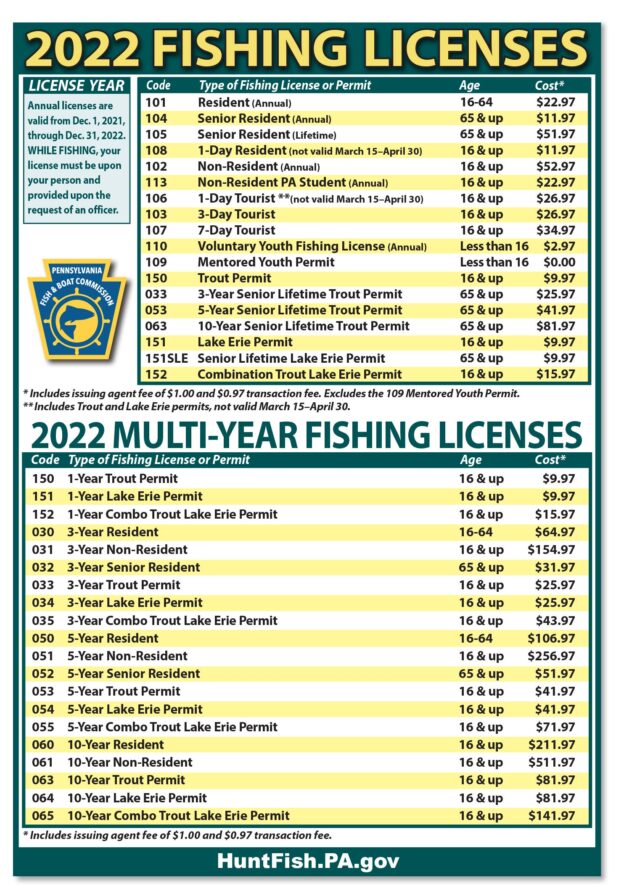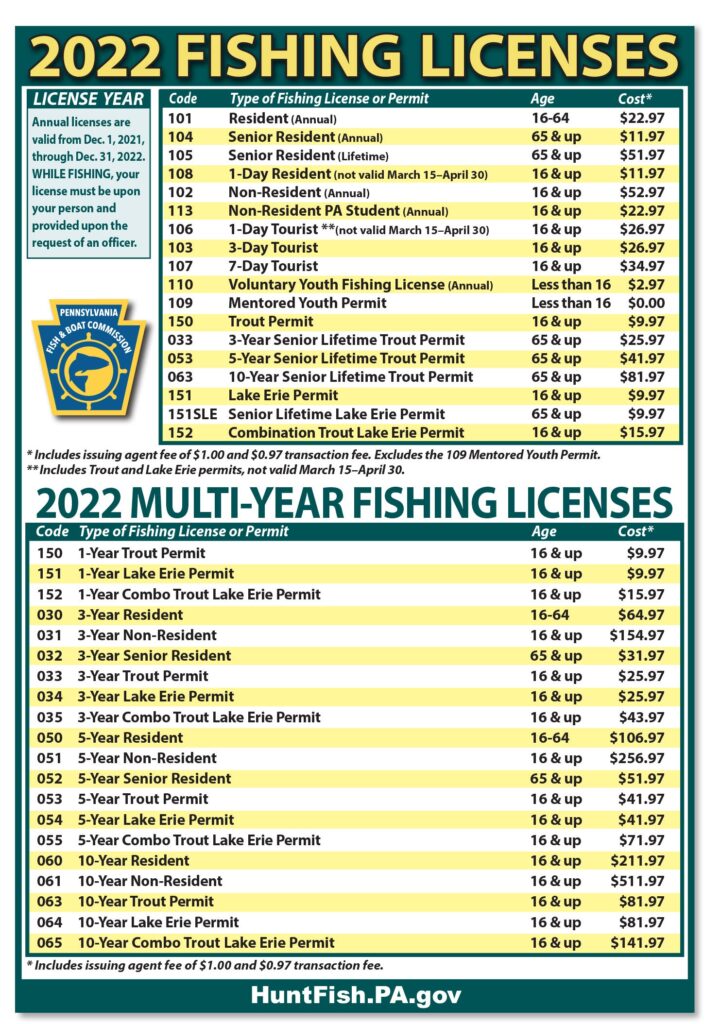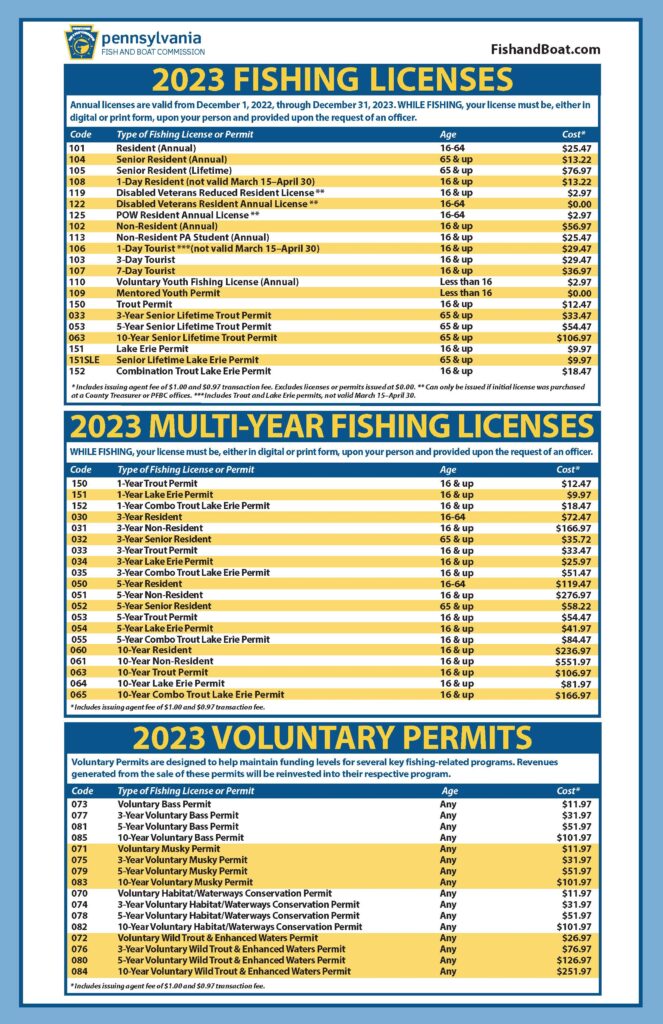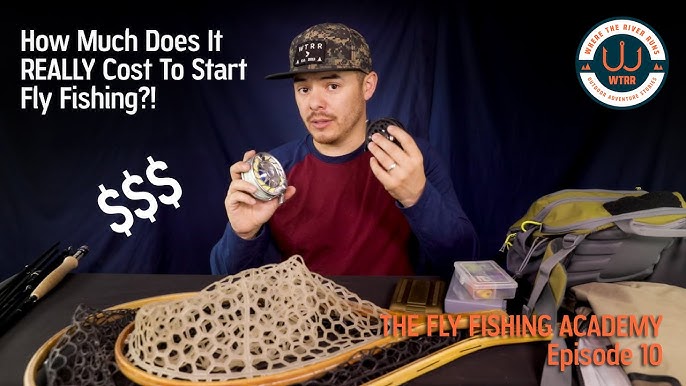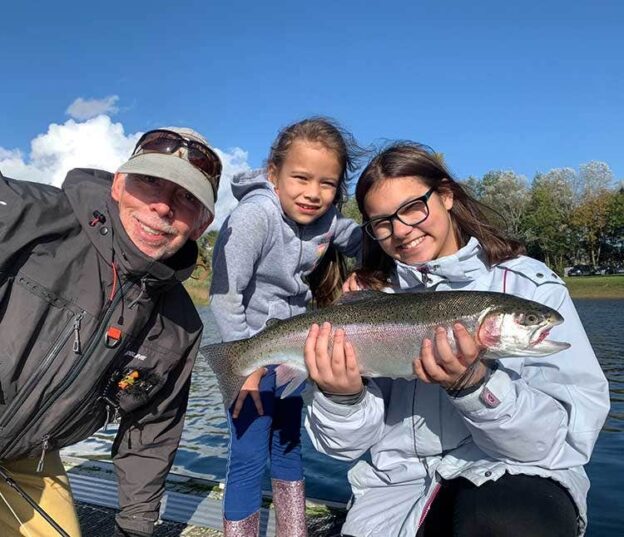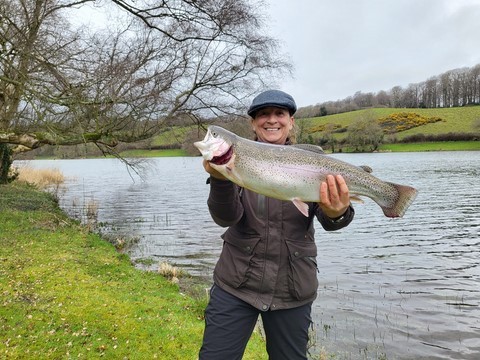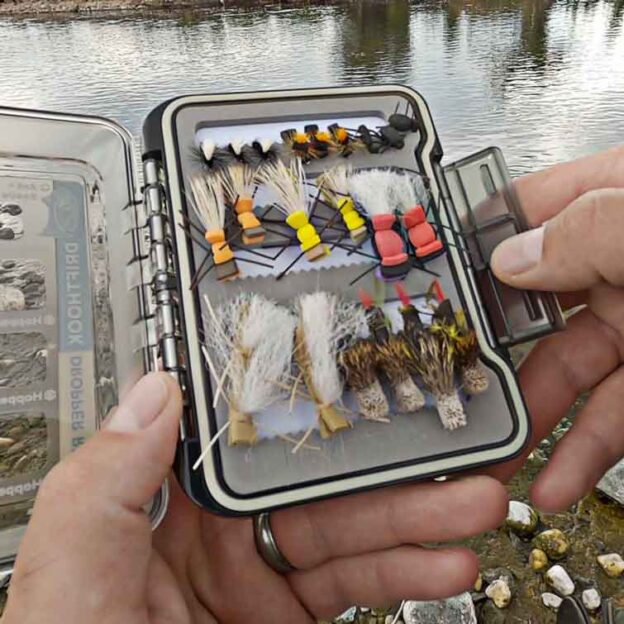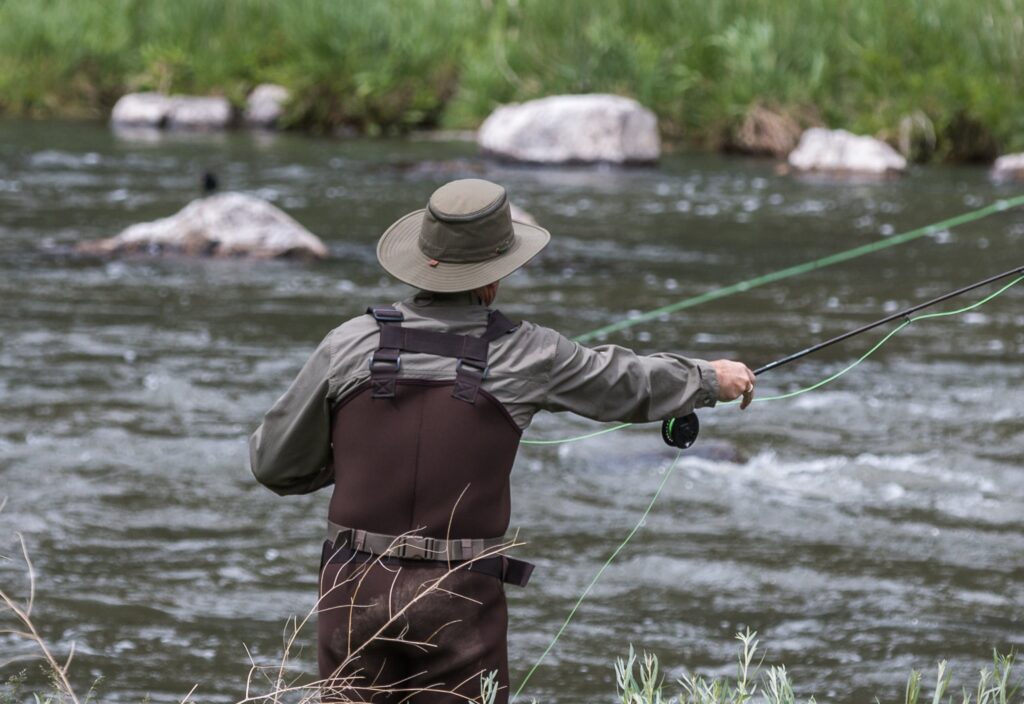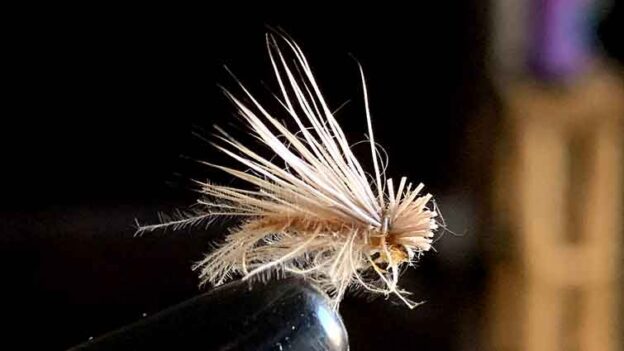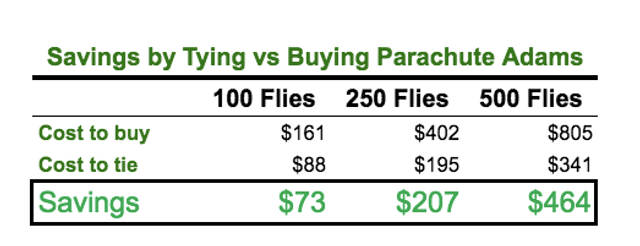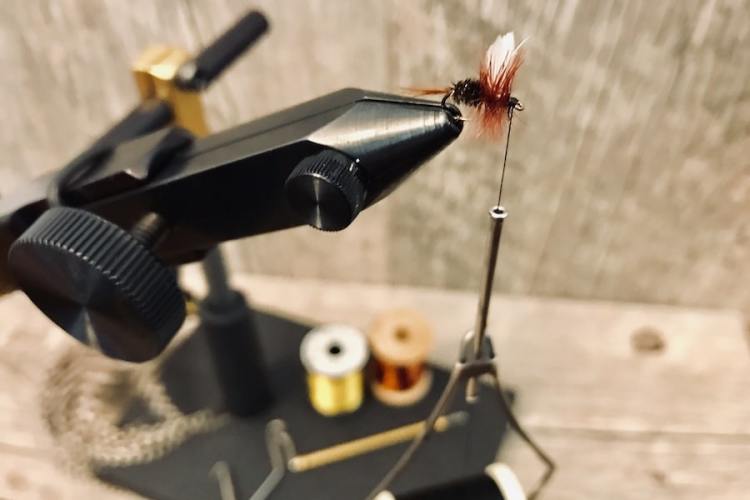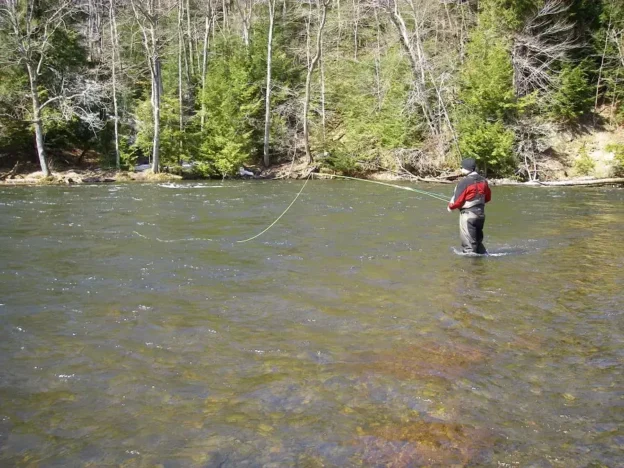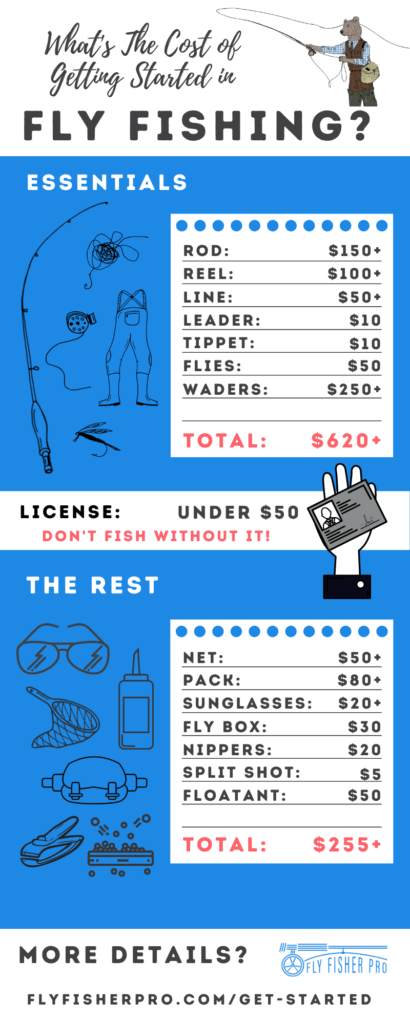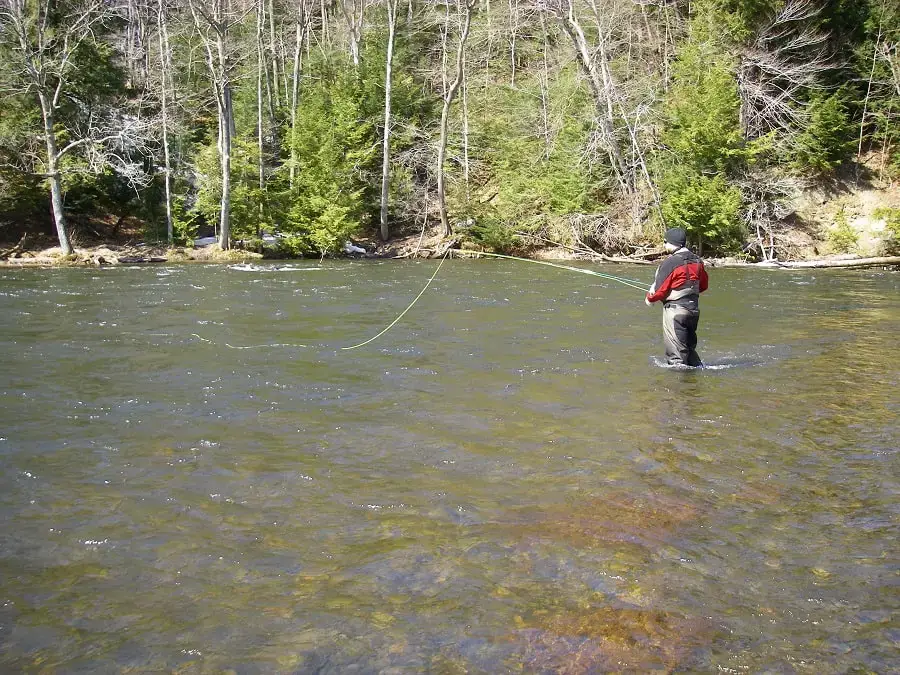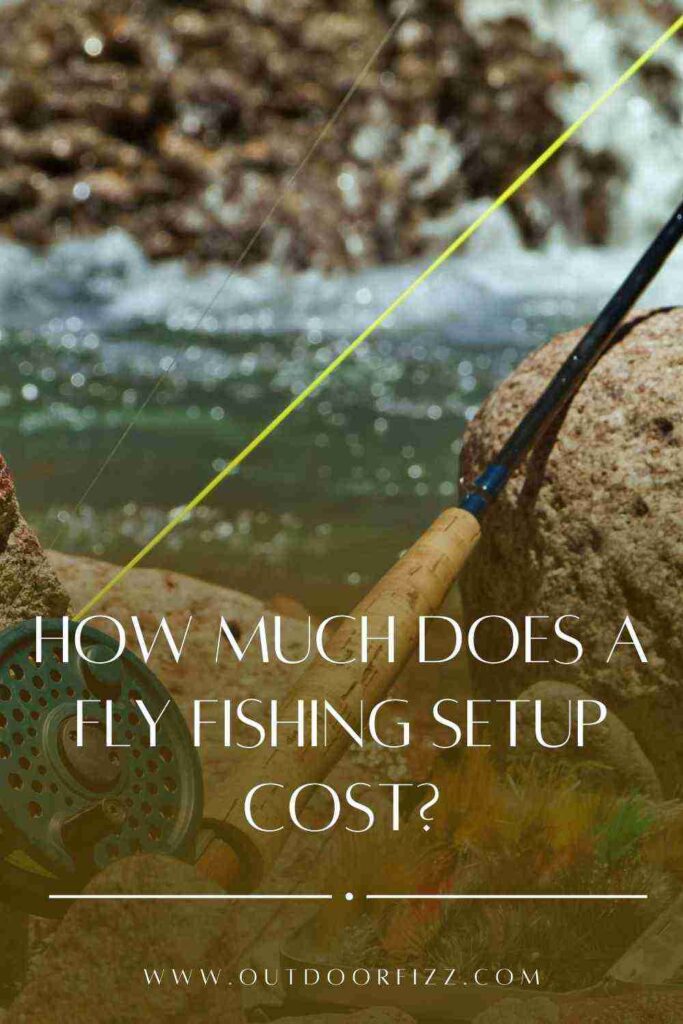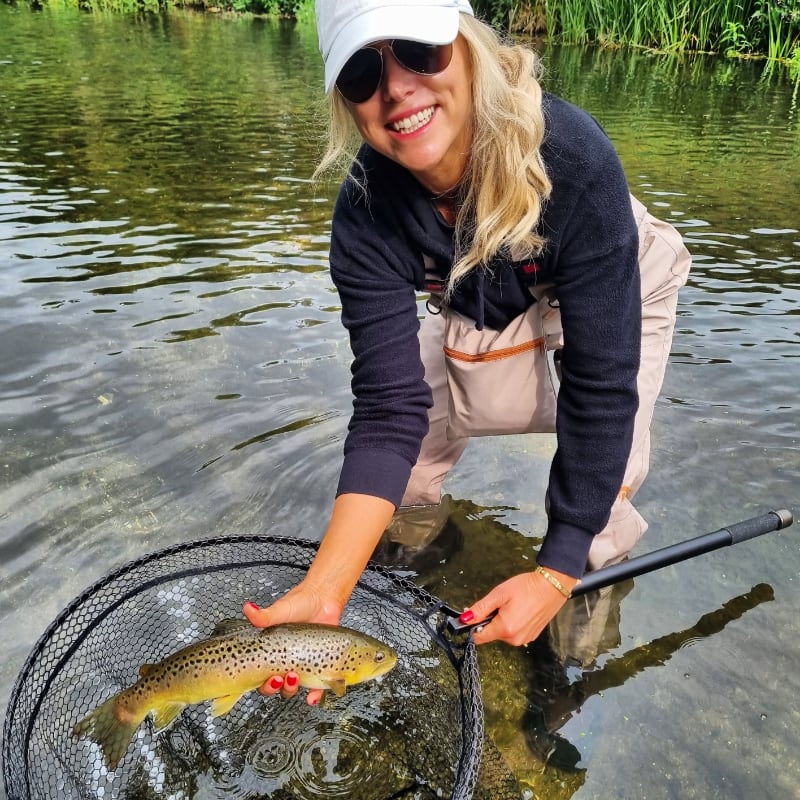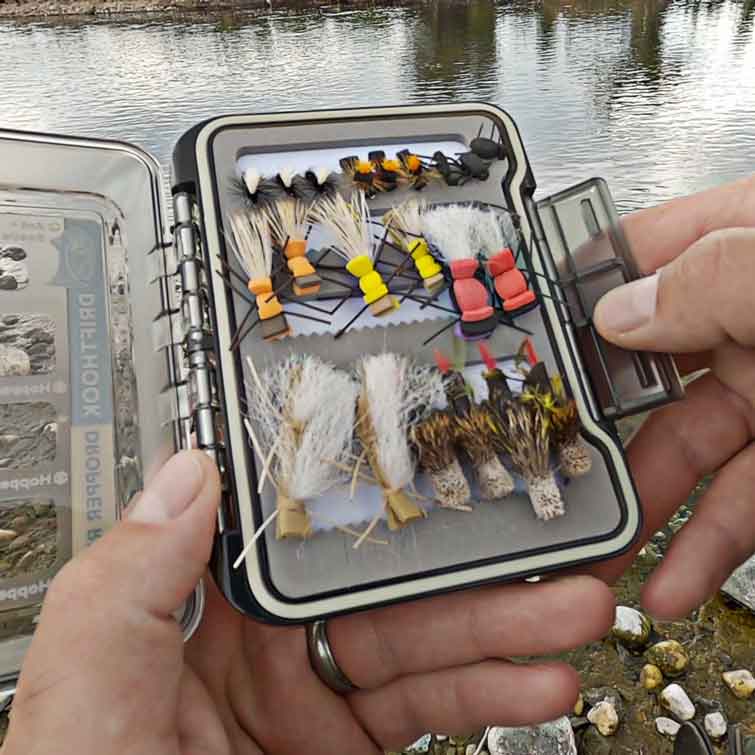Do you ever wonder about the cost of your favorite hobby, fishing? Whether you’re a seasoned angler or just starting out, it’s important to understand the financial side of this beloved pastime. In this article, we’ll explore the expenses associated with fishing, from equipment and licenses to bait and boat rentals. By the end, you’ll have a clearer picture of just how expensive fishing can be and whether it fits within your budget. So, let’s dive in and discover the true cost of this popular recreational activity.
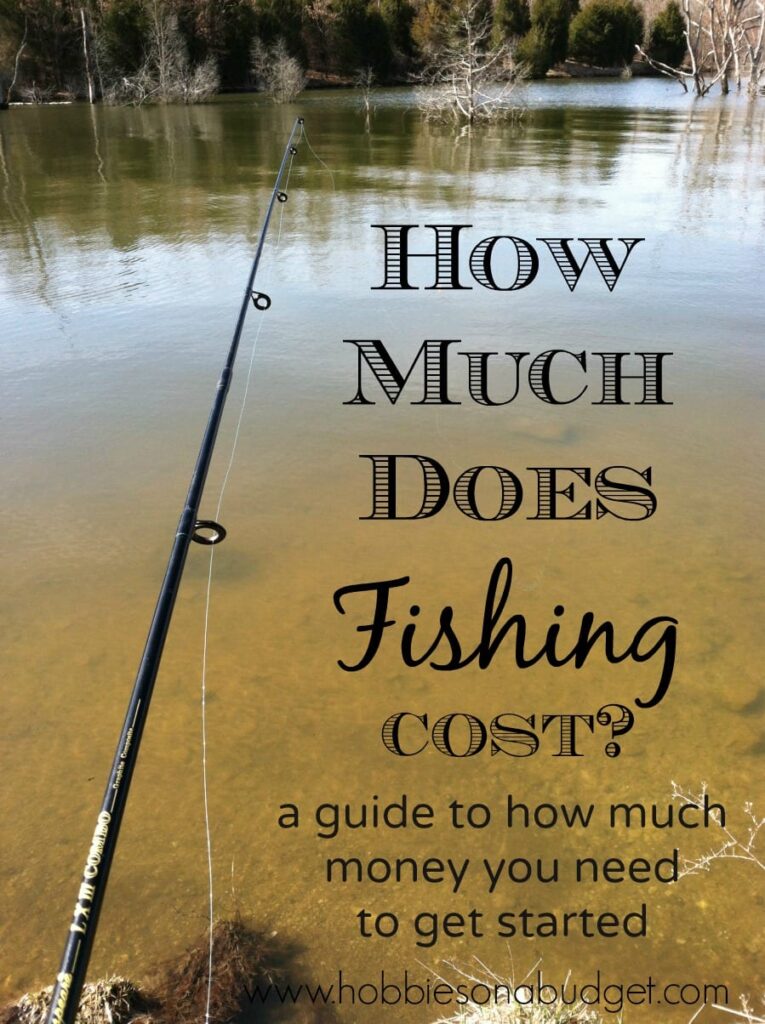
This image is property of hobbiesonabudget.com.
Cost of Fishing Equipment
Rods and Reels
When it comes to fishing equipment, the first thing that comes to mind is rods and reels. The cost of fishing rods and reels can vary greatly depending on the quality and brand. Entry-level rods and reels can be found for around $20 to $50, while high-end options can cost hundreds of dollars. It’s important to find a rod and reel that suits your fishing needs and budget.
Fishing Line
Another essential component of fishing equipment is the fishing line. The cost of fishing lines also varies depending on factors such as material, length, and strength. Monofilament lines are the most affordable option, ranging from $5 to $15, while braided lines can cost between $20 and $50. It’s advisable to choose a fishing line that is suitable for the type of fishing you plan to do and the fish you are targeting.
Hooks and Lures
Hooks and lures are crucial for attracting fish and getting them to bite. The cost of hooks and lures can range from a few cents to several dollars per piece. Basic hooks can be purchased in packs for just a few dollars, while high-quality and specialized hooks can cost up to $10 each. Similarly, lures can vary in price depending on their complexity and effectiveness. It’s important to find the right balance between cost and functionality when selecting hooks and lures.
Baits
Baits are an essential part of fishing, especially for those who prefer live bait. The cost of baits can vary depending on whether you buy them or catch them yourself. Buying live baits, such as worms or minnows, can cost around $3 to $10 per container, while catching your own baits can be more cost-effective. Keep in mind that the availability and price of baits may vary depending on your location and the specific type of bait you prefer.
Tackle Boxes
To keep all your fishing gear organized and easily accessible, a tackle box is a must-have item. Tackle boxes come in various sizes and styles, with prices ranging from $10 to $50 or more. The cost will depend on factors like material, size, and additional features such as compartments and trays. Investing in a durable tackle box can save you money in the long run by protecting your fishing equipment from damage or loss.
Fishing Net
A fishing net is often needed to safely land and handle fish. The cost of fishing nets varies depending on the size, quality, and material used. Basic fishing nets for small fish can be found for around $10 to $20, while larger nets suitable for catching bigger fish can cost upwards of $50. It’s important to choose a net that is appropriate for the type of fish you plan to catch and that can withstand the conditions in which you’ll be fishing.
Fishing Accessories
There are various fishing accessories available in the market that can enhance your fishing experience. These include items such as fishing pliers, fish grippers, fishing scales, line cutters, and tackle organizers. The cost of fishing accessories can range from a few dollars to over $50, depending on the brand and functionality. While these accessories are not essential, they can make fishing more convenient and enjoyable.
Cost of Fishing Licenses and Permits
Freshwater Fishing Licenses
If you plan to fish in freshwater bodies such as rivers, lakes, or ponds, you will likely need a freshwater fishing license. The cost of freshwater fishing licenses varies from state to state, with prices typically ranging from $10 to $50 per year. Some states may also offer shorter-term licenses for a reduced fee. It’s important to check the fishing regulations in your area and obtain the appropriate license to avoid legal issues.
Saltwater Fishing Licenses
For those interested in saltwater fishing, a saltwater fishing license is usually required. Saltwater fishing licenses are often separate from freshwater licenses and are required for fishing in coastal areas and oceans. The cost of saltwater fishing licenses can range from $10 to $100 or more, depending on the state and whether you are a resident or non-resident. It’s crucial to familiarize yourself with the regulations and licensing requirements specific to the saltwater fishing locations you plan to visit.
Tidal Waters Fishing Licenses
Some areas have specific tidal waters fishing licenses, which grant access to fishing in tidal areas such as estuaries and intertidal zones. These licenses are designed to regulate fishing in areas influenced by tides and may have different requirements and fees compared to freshwater or saltwater licenses. The cost of tidal waters fishing licenses can vary depending on the location and local regulations.
Commercial Fishing Permits
For individuals interested in commercial fishing, obtaining a commercial fishing permit is necessary. Commercial fishing permits allow individuals to fish for profit and typically involve additional costs and regulations beyond recreational fishing licenses. The cost of commercial fishing permits can vary significantly depending on factors such as the type of fish being targeted, the fishing method, and the fishing location. It’s essential to research and comply with all regulations related to commercial fishing before pursuing this endeavor.
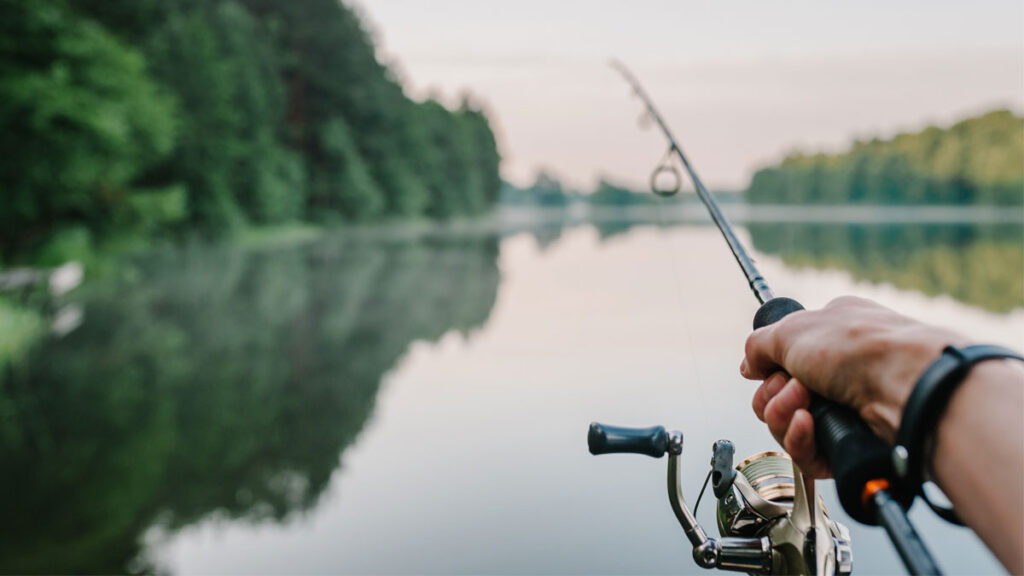
This image is property of www.takemefishing.org.
Cost of Fishing Locations
Public Fishing Areas
Public fishing areas, such as state parks or wildlife management areas, are popular fishing spots that often require little to no entry fee. These areas may have designated fishing ponds, lakes, or river stretches where anglers can fish without purchasing additional permits. While access to these areas is generally affordable, there may be limitations on the size and species of fish that can be caught. In some cases, fishing licenses may still be required.
Private Fishing Ponds/Lakes
Private fishing ponds and lakes are owned by individuals, fishing clubs, or businesses. Access to these fishing locations often comes with a fee, which can vary depending on factors such as the size of the pond or lake, the quality of the fishing, and additional amenities provided on-site. Fishing fees for private ponds and lakes can range from $10 to $100 or more per day. Some venues may also offer seasonal or annual memberships for more frequent anglers.
Chartered Fishing Trips
For those looking for a unique and guided fishing experience, chartered fishing trips are a popular option. These trips are led by experienced captains who provide the necessary fishing equipment, knowledge, and expertise to help you catch fish. The cost of chartered fishing trips can vary widely depending on factors such as the duration of the trip, the location, and the type of fish being targeted. Prices can range anywhere from $100 to several thousand dollars.
Ice Fishing Locations
Ice fishing requires specific locations where the ice is thick enough to support anglers and fish. Ice fishing locations can be public or private, and the cost will depend on the specific location and any associated fees. Some public parks or reservoirs may require an entry fee, while private ice fishing destinations may charge a daily or hourly rate. Additionally, ice fishing rentals, such as ice shanties or ice augers, may incur additional costs.
Cost of Fishing Clothing and Accessories
Fishing Apparel
Having the appropriate clothing for fishing can enhance comfort and protection during your fishing adventures. Fishing apparel includes items such as fishing shirts, pants, jackets, and rain gear. The cost of fishing apparel can vary depending on the brand, material, and technology used. Basic fishing shirts can be found for around $20 to $30, while high-performance rain jackets can cost over $100. It’s important to choose fishing clothing suitable for the weather conditions and the type of fishing you plan to do.
Fishing Hats/Caps
A fishing hat or cap is an essential accessory for protecting your face and eyes from the sun while providing shade and visibility. Fishing hats are available in a wide range of styles, from simple caps to wide-brimmed hats with neck protection. The cost of fishing hats depends on factors such as material, brand, and additional features like UV protection or moisture-wicking properties. Basic fishing caps can be purchased for as little as $10, while high-quality hats can range from $20 to $50.
Fishing Boots and Waders
For anglers who enjoy fishing in water or wet environments, fishing boots and waders are necessary to keep feet dry and provide traction. The cost of fishing boots and waders can vary depending on the material, style, and design features such as insulation or breathability. Basic fishing boots start at around $30, while higher-end waders can cost over $100. Investing in durable and well-fitting fishing boots and waders is crucial for comfort and safety during fishing expeditions.
Fishing Gloves
Fishing gloves are designed to protect your hands from cuts, abrasions, and harsh weather conditions while maintaining dexterity. The cost of fishing gloves can vary depending on the material used, the level of protection provided, and any additional features such as touchscreen compatibility. Basic fishing gloves can range from $10 to $30, while specialized gloves for extreme conditions or specific fishing techniques may cost over $50. It’s important to choose gloves that offer the right balance of protection and functionality for your fishing needs.
Sun Protection Gear
Proper sun protection is vital when spending long hours outdoors fishing. Sun protection gear includes items such as sunscreen, sunglasses, and neck gaiters. The cost of these items can vary depending on the brand, level of UV protection, and additional features like polarized lenses. Sunscreen prices range from a few dollars to around $20, while sunglasses can be found for as low as $10 or as high as $200. Neck gaiters are often affordable and can be purchased for less than $10. Remember, investing in quality sun protection gear can help prevent sunburns and long-term damage from UV exposure.

This image is property of i.ytimg.com.
Cost of Fishing Transportation
Boats and Kayaks
If you enjoy fishing in larger bodies of water, such as lakes or oceans, owning a boat or kayak may be necessary. The cost of boats and kayaks can vary significantly depending on factors such as size, material, and additional features. Basic fishing kayaks can be purchased for around $300 to $500, while fishing boats can range from a few thousand dollars to tens of thousands. It’s important to consider not only the initial purchase cost but also ongoing expenses such as maintenance, storage, and insurance.
Outboard Motors
For individuals who own boats, outboard motors are necessary for propulsion. Outboard motors can range in price depending on factors such as horsepower and brand. Basic outboard motors can be found for around $500 to $1,000, while more powerful motors can cost several thousand dollars. Additionally, the cost of fuel and maintenance should be factored into the overall expense of owning and operating an outboard motor.
Trailers
If you own a boat or kayak, a trailer is often needed for transportation. Trailers for fishing equipment can vary in cost depending on factors such as size, material, and additional features like brakes or lighting. Basic trailers can be purchased for around $300 to $800, while trailers with more advanced features or larger capacities can cost over $1,000. It’s important to choose a trailer that is suitable for the size and weight of your fishing equipment and complies with local regulations.
Vehicle Fuel Expenses
Transporting yourself and your fishing equipment to your desired fishing locations may require the use of a vehicle. The cost of vehicle fuel expenses will depend on various factors such as the distance traveled, the price of fuel in your area, and the fuel efficiency of your vehicle. Planning ahead and budgeting for fuel expenses can help ensure that you can reach your fishing destinations without breaking the bank. Additionally, carpooling or sharing transportation costs with fellow anglers can help reduce transportation expenses.
Bicycle Costs for Fishing
For anglers who prefer a more environmentally friendly and cost-effective mode of transportation, bicycles can be a great option. The cost of bicycles for fishing will vary depending on factors such as brand, style, and additional accessories like bike racks or trailers. Basic fishing bicycles can be found for around $300 to $500, while higher-end models designed for off-road or long-distance fishing trips can cost over $1,000. Utilizing a bicycle for fishing can not only save on transportation costs but also provide a unique and enjoyable fishing experience.
Cost of Fishing Techniques
Fly Fishing Equipment
Fly fishing is a popular technique that requires specialized equipment. The cost of fly fishing equipment can vary depending on factors such as the quality of the rod, reel, and fly line. Basic fly fishing combos, which include a rod, reel, and line, can be found for around $100 to $200. However, high-end fly fishing gear can cost several hundred to over a thousand dollars. Investing in quality fly fishing equipment can enhance your fishing experience and improve your chances of success.
Trolling Equipment
Trolling is a technique commonly used in open water to catch fish by pulling a lure or bait behind a moving boat. Trolling equipment typically includes downriggers, fishing rods, reels, and lures designed for trolling. The cost of trolling equipment can vary depending on the brand and quality of the components. Basic trolling setups can be found for around $100 to $200, while more advanced and specialized equipment can cost several hundred dollars. It’s important to choose trolling equipment suitable for the target species and fishing conditions you will encounter.
Ice Fishing Equipment
Ice fishing requires specific gear designed to withstand freezing temperatures and allow anglers to fish through a hole in the ice. Ice fishing equipment usually includes items such as ice augers, ice fishing rods, reels, shelters, and accessories like tip-ups or ice scoops. The cost of ice fishing equipment can vary depending on factors such as the material, brand, and functionality. Basic ice fishing setups can range from $50 to $200, while more advanced gear and shelters can cost several hundred dollars or more.
Spearfishing Gear
Spearfishing is a unique fishing technique that involves hunting fish underwater using a speargun or pole spear. Spearfishing gear typically includes a speargun or pole spear, diving mask, snorkel, and fins. The cost of spearfishing gear can vary depending on factors such as the quality and type of speargun, as well as the brand of diving equipment. Basic spearfishing kits can be found for around $100 to $200, while higher-end gear can cost several hundred dollars or more. Safety should always be a priority when engaging in spearfishing, so investing in quality gear is crucial.
Surf Fishing Gear
Surf fishing is a technique used to catch fish from the shoreline or surf zone of beaches. Surf fishing gear typically includes longer fishing rods, sturdy reels, and specialized weights and rigs for casting and retrieving baits or lures in rough surf conditions. The cost of surf fishing gear can vary depending on the quality and brand. A basic surf fishing setup can be found for around $100 to $200, while more specialized gear and accessories can cost several hundred dollars. Choosing sturdy and corrosion-resistant equipment is important to withstand the demanding conditions of surf fishing.
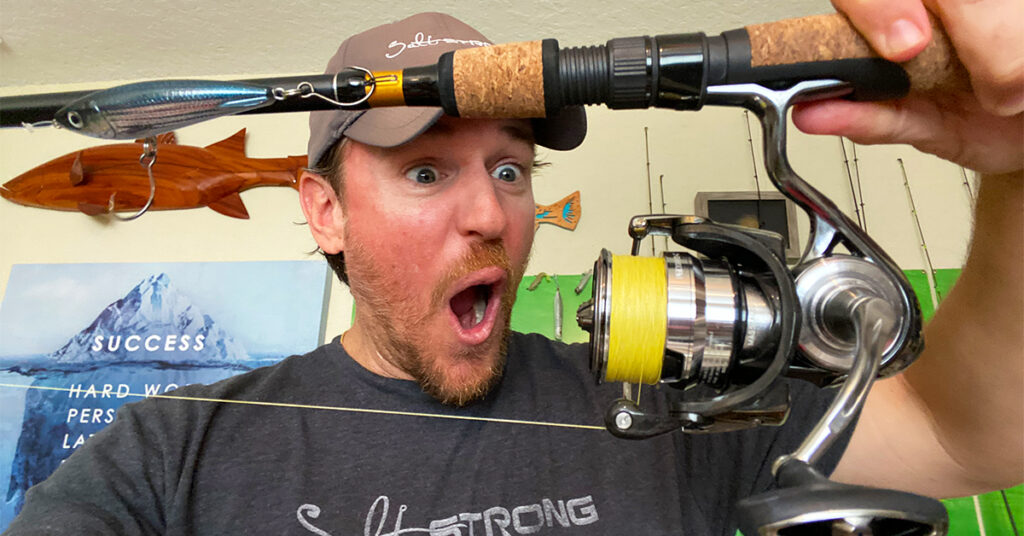
This image is property of www.saltstrong.com.
Cost of Fishing Maintenance
Repair and Maintenance of Fishing Equipment
Like any equipment, fishing gear may require occasional repair and maintenance. The cost of repairing fishing equipment will depend on factors such as the type of damage and the complexity of the repair. Basic repairs, such as replacing a fishing line or a broken rod guide, can often be done at home with minimal cost. However, more extensive repairs, such as reel servicing or rod blank replacement, may require professional assistance, leading to higher costs.
Replacement Parts
Over time, fishing equipment may require replacement parts due to wear and tear or accidental damage. The cost of replacement parts will depend on the specific component and brand. Basic replacement parts, such as fishing rod guides or reel handles, can be found for a few dollars each. However, more specialized or proprietary parts may be more expensive or require contacting the manufacturer directly. Regularly inspecting and maintaining your fishing equipment can help identify the need for replacement parts before they become a more significant issue.
Line and Reel Maintenance
Proper maintenance of fishing lines and reels is crucial for optimal performance and durability. Line maintenance may involve regularly replacing the fishing line to ensure its strength and integrity. The cost of fishing line varies depending on factors such as the type of line and its length. Reel maintenance may include cleaning and lubrication, which can be done at home with basic tools and materials. However, occasional professional servicing for reels may be necessary, leading to additional costs.
Boat and Kayak Maintenance
If you own a boat or kayak, regular maintenance is necessary to ensure safe and functional operation. The cost of boat and kayak maintenance will depend on factors such as the size of the vessel, the type of motor, and any additional accessories. Maintenance tasks may include cleaning, engine servicing, battery replacement, or repairs to hull damage. It’s important to factor in ongoing maintenance costs when budgeting for fishing transportation.
Storage Costs
Storing fishing equipment properly is essential for preserving its lifespan and functionality. The cost of storage will depend on factors such as the size and quantity of the equipment, as well as the storage method chosen. Basic storage options include tackle boxes, rod racks, or fishing gear bags, which can be found for as low as $10. Additionally, renting storage space at a marina or fishing club for larger items like boats or kayaks may incur ongoing fees. Considering storage costs is important when assessing the overall expense of fishing equipment.
Cost of Fishing Guides and Education
Hiring Professional Fishing Guides
For anglers looking to improve their fishing skills or explore new fishing locations, hiring a professional fishing guide can be a valuable investment. Fishing guides provide expertise, local knowledge, and access to prime fishing spots. The cost of hiring a fishing guide will depend on factors such as the duration of the trip, the fishing location, and the guide’s experience and reputation. Guided fishing trips can range from a few hundred dollars for a half-day trip to several thousand dollars for longer or more exclusive experiences.
Fishing Lessons and Classes
For beginners or individuals looking to enhance their fishing skills, taking fishing lessons or attending fishing classes can be a cost-effective way to learn. The cost of fishing lessons and classes will vary depending on factors such as the duration, the instructor’s qualifications, and any additional materials or equipment provided. Basic fishing lessons or group classes can be found for as low as $50 to $100, while more advanced or specialized courses may cost a few hundred dollars or more.
Fishing Books and Magazines
Fishing books and magazines offer a wealth of knowledge, tips, and techniques for anglers of all skill levels. The cost of fishing books and magazines will depend on the specific title, the author, and any additional content or features. Fishing books can range from $10 to $50 or more, while fishing magazines typically require a subscription fee that can be around $20 to $30 per year. Investing in educational resources can expand your fishing knowledge and help you make the most of your fishing experiences.
Online Fishing Resources
In the digital age, online fishing resources have become increasingly popular for anglers seeking information and advice. Online fishing resources include websites, forums, blogs, and video platforms that provide a wide range of fishing-related content. While many online resources are free to access, some may offer premium content or require a subscription fee. Additionally, online tutorials or courses may require a one-time or recurring payment. Utilizing online fishing resources can be a cost-effective way to learn and connect with the fishing community.

This image is property of www.saltstrong.com.
Cost of Fishing Safety Equipment
Life Jackets and Personal Flotation Devices
Safety should always be a priority when engaging in any water-related activity, including fishing. Life jackets and personal flotation devices (PFDs) are essential safety equipment for anglers, especially when fishing from boats or in deep water. The cost of life jackets and PFDs will depend on factors such as the type, size, and level of buoyancy. Basic life jackets suitable for fishing can be found for as low as $20, while more advanced models with additional features can cost over $100.
Fishing Safety Kits
Having a fishing safety kit is crucial for handling potential emergencies and injuries while fishing. Fishing safety kits typically include items such as a first aid kit, a whistle or air horn, a flashlight, and a waterproof case. The cost of fishing safety kits will vary depending on the contents, brand, and additional features. Basic fishing safety kits can be purchased for around $20 to $50, while more comprehensive kits with additional emergency gear may cost over $100. Prioritizing safety by investing in a fishing safety kit is important for enjoying worry-free fishing outings.
First Aid Kits
Accidents and injuries can happen while fishing, so having a first aid kit on hand is essential. The cost of first aid kits will depend on factors such as the size, contents, and brand. Basic first aid kits suitable for fishing can be found for as low as $10, while larger and more comprehensive kits with additional medical supplies can cost around $30 to $50. It’s important to regularly check and replenish the contents of your first aid kit to ensure its readiness in case of an emergency.
Emergency Communication Devices
In the event of an emergency while fishing, having reliable communication devices can be a lifesaver. Emergency communication devices can include items such as waterproof mobile phones, two-way radios, or emergency distress beacons. The cost of emergency communication devices will vary depending on the type, brand, and additional features. Basic waterproof mobile phones suitable for fishing can start at around $150, while emergency distress beacons can cost several hundred dollars. Investing in reliable communication devices can provide peace of mind and ensure help is just a call away when needed.
Cost of Fishing Extras
Fish Finders and GPS
Fish finders and GPS devices are additional tools that can enhance your fishing experience by providing information and navigation assistance. The cost of fish finders and GPS devices will depend on factors such as the size, screen quality, and additional features. Basic fish finders or GPS devices can be found for around $100 to $200, while more advanced models with larger screens or integrated mapping capabilities can cost several hundred dollars. Choosing devices that suit your fishing needs and budget can improve your chances of locating fish and navigating unfamiliar waters.
Fish Cleaning and Filleting Tools
After a successful fishing trip, cleaning and filleting the caught fish is often necessary. Fish cleaning and filleting tools include items such as fillet knives, cutting boards, and scaling tools. The cost of fish cleaning and filleting tools will depend on factors such as the quality, brand, and additional features. Basic fillet knife sets can be purchased for around $20 to $50, while higher-end or electric fillet knives can range from $50 to $100 or more. Investing in quality cleaning and filleting tools can make the task quicker, safer, and more efficient.
Cooking and Food Preparation Equipment
For anglers who enjoy cooking and preparing their catch, having the right equipment is essential. Cooking and food preparation equipment include items such as camping stoves, grills, coolers, and utensils. The cost of cooking and food preparation equipment will depend on factors such as the size, materials, and additional features. Basic camping stoves or portable grills can be found for around $30 to $50, while larger or more advanced cooking setups can cost several hundred dollars. Investing in quality cooking equipment can enhance your fishing trips by allowing you to enjoy tasty meals prepared with your freshly caught fish.
Camping Gear for Fishing Trips
For anglers who embark on multi-day fishing trips or enjoy overnight stays in fishing locations, having camping gear is necessary. Camping gear includes items such as tents, sleeping bags, camping chairs, and cooking equipment. The cost of camping gear will depend on factors such as the size, brand, and quality. Basic camping gear suitable for fishing trips can range from $100 to $300, while more advanced or specialized gear can cost several hundred dollars or more. Investing in durable and comfortable camping gear can make your fishing trips more enjoyable and provide convenience and shelter in outdoor environments.
